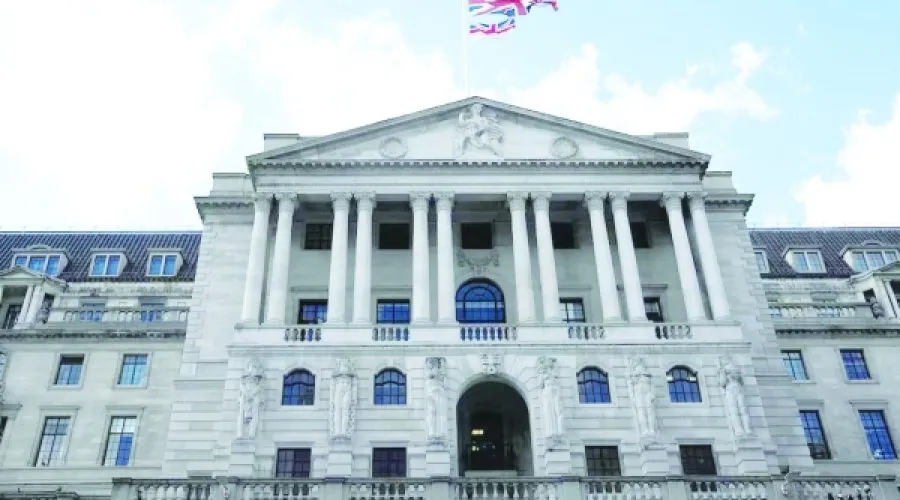Pound Under Pressure Ahead of Rate Decision: What Investors Need to Know for Strategic Business Planning
LONDON — Traders are growing increasingly pessimistic about the British pound’s prospects, which has already fallen to its lowest levels in months, amid concerns that the upcoming budget later this month may fail to stimulate the UK’s economic growth.
Options markets indicate that sentiment toward sterling is at its weakest since January, a period marked by stress on UK government bonds due to uncertainties in fiscal and monetary policies.
This negative outlook largely stems from expectations that the Bank of England (BoE) may cut interest rates, potentially as soon as Thursday. Such a move would reduce returns for savers and investors, thereby dampening demand for the pound.
Finance Minister Rachel Reeves recently hinted at possible tax increases in the budget scheduled for November 26, acknowledging the “hard choices” necessary to maintain Britain’s fiscal discipline.
Currently, the pound is trading around $1.305, near its lowest level against the dollar since April, and approximately 88 pence against the euro, close to its weakest point since 2023. Despite these lows, investors have not yet shown a strong inclination to buy sterling.
Market pricing now reflects roughly a 33% probability of a BoE rate cut this month, up from nearly zero a few weeks ago, with expectations for two additional cuts during the first half of 2026.
“We remain short on the pound,” said Mark Dowding, Chief Investment Officer at RBC BlueBay Asset Management, referring to a bearish stance on the currency. He added that Finance Minister Reeves appears committed to significant tax increases, which could hinder growth.
A fiscally stringent budget aimed at reassuring bond markets, but constraining economic activity, could prompt further interest rate reductions.
“Reeves faces a difficult balancing act — fiscal tightening is detrimental to growth, and current confidence levels are low,” noted Nick Kennedy, currency strategist at Lloyds Bank, who predicts the euro may reach 90 pence in the coming weeks.
Investor optimism in sterling, which had been strong for much of the year, has waned amid the increasingly uncertain economic and interest rate environment. One-month risk reversals—a measure of investor sentiment—have dropped to their lowest since January, reflecting growing demand for protection against a weaker pound.
Despite the negative sentiment, implied options volatility remains relatively subdued, indicating limited demand for extensive hedging. Analysts suggest this may be due to UK officials’ tendency to reveal policy details gradually, mitigating the risk of sudden market shocks.
However, if the budget proves less restrictive than anticipated, the pound could recover over the longer term.
“An aggressive budget featuring tax hikes would negatively impact sterling from the perspective of BoE rates,” said Derek Halpenny, Head of Research for Global Markets EMEA at MUFG. “But if perceived as credible, such measures could ultimately support the pound.”
— Reuters
Special Analysis by Omanet | Navigate Oman’s Market
The UK’s weakening pound and looming fiscal tightening signal increased economic uncertainty and potential rate cuts, which may reduce investor confidence globally. For businesses in Oman, this creates currency risk and cautious trade prospects with the UK, but also potential opportunities to capitalize on British market volatility. Smart investors should monitor policy shifts closely, considering both the short-term downsides and the possibility of a longer-term sterling rebound if fiscal measures prove credible.



